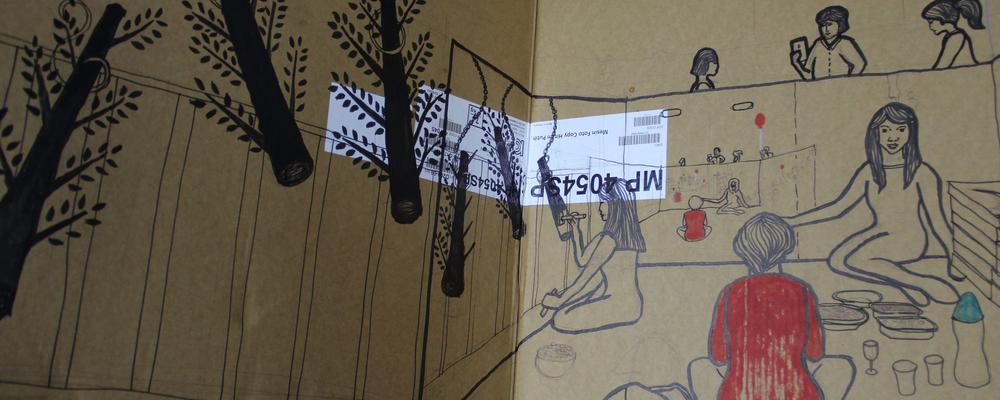Research on how aesthetic objects instigate socio-political change receives prestigious ERC grant
The artist and researcher Tintin Wulia secures 1.5 million Euro to reveal how aesthetic objects instigate socio-political change. The grant, which is awarded by the European Research Fund, ERC, is one of the largest and most prestigious an early-career researcher can receive.
About Tintin Wulia
Tintin Wulia is an internationally practising artist and researcher who joined the University of Gothenburg in 2018, with a Postdoctoral Fellowship in design, craft and society with a focus on migration. Wulia's practice-based research pivots on the complexities of borders. She currently works as Research Project Leader at the university’s department HDK-Valand – Academy of Art and Design.
Her project, Protocols of Killings (funded by Swedish Research Council) probes the connection between violence, distance, and accountability by linking the protocols surrounding the Indonesian 1965-66 massacres – as a form of hyperdistant killings – with those of drone warfare’s technologies of the future.
ERC Starting Grants
ERC, European Research Council, was started by the EU in 2007 and is one of the largest research funders in Europe. Thousands of newly appointed researchers within all subject areas and from all over the world apply for their Starting Grants every year. Of these, just over ten percent get their application approved: the best early-career researchers in the world. Therefore, the grant - in addition to being unusually large and thus enable research in a significant scale - is also very prestigious.
ERC Starting Grant is aimed at new researchers, two to seven years after completing a doctoral degree. Grant amount is up to EUR 1.5 million for a maximum period of five years, with the possibility of an additional EUR 1 million for special costs. The grant is part of the EU's research and innovation program, Horizon Europe.
This is the first time that a researcher at the Faculty of Fine, Applied and Performing Arts, at the University of Gothenburg, receives the grant.

